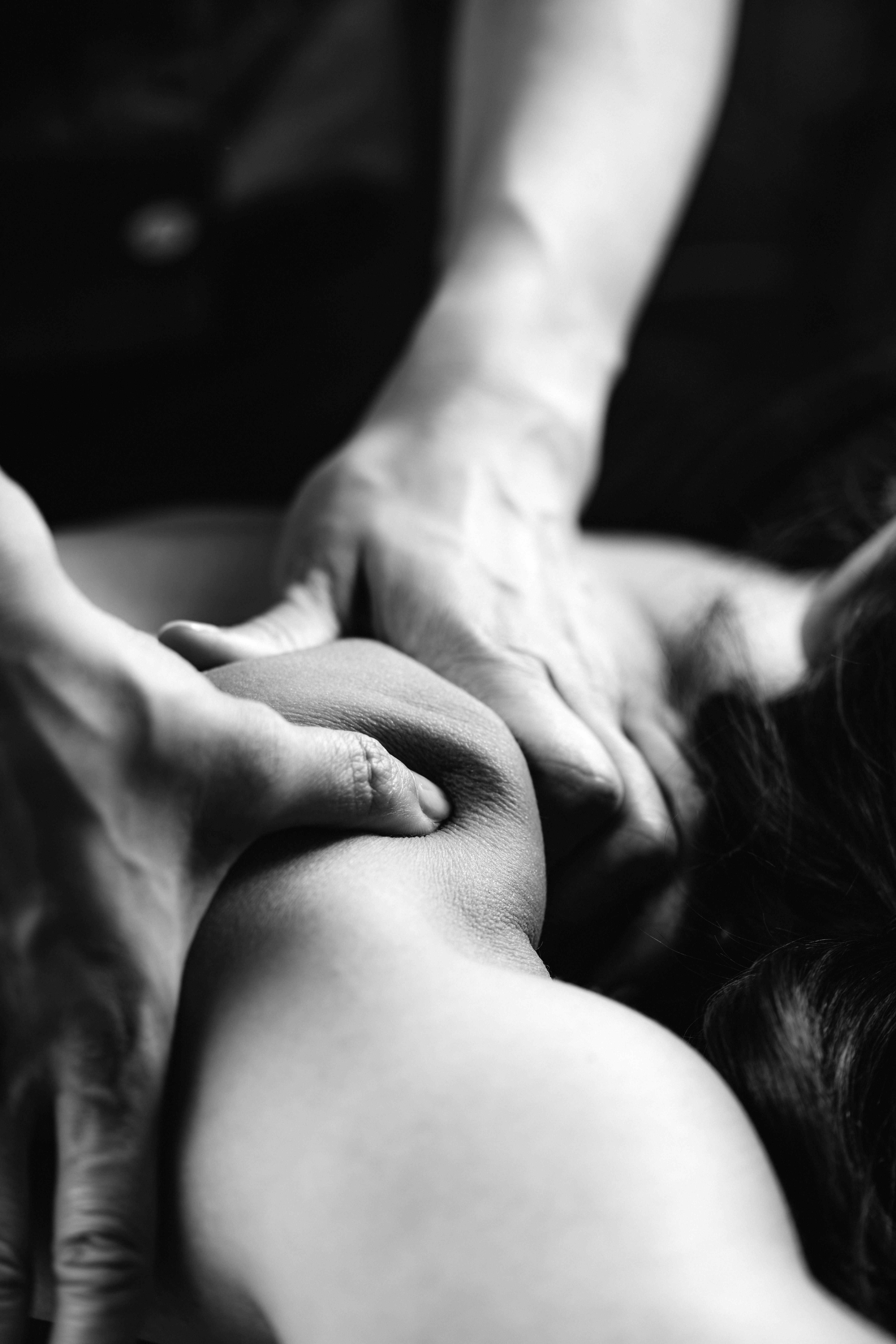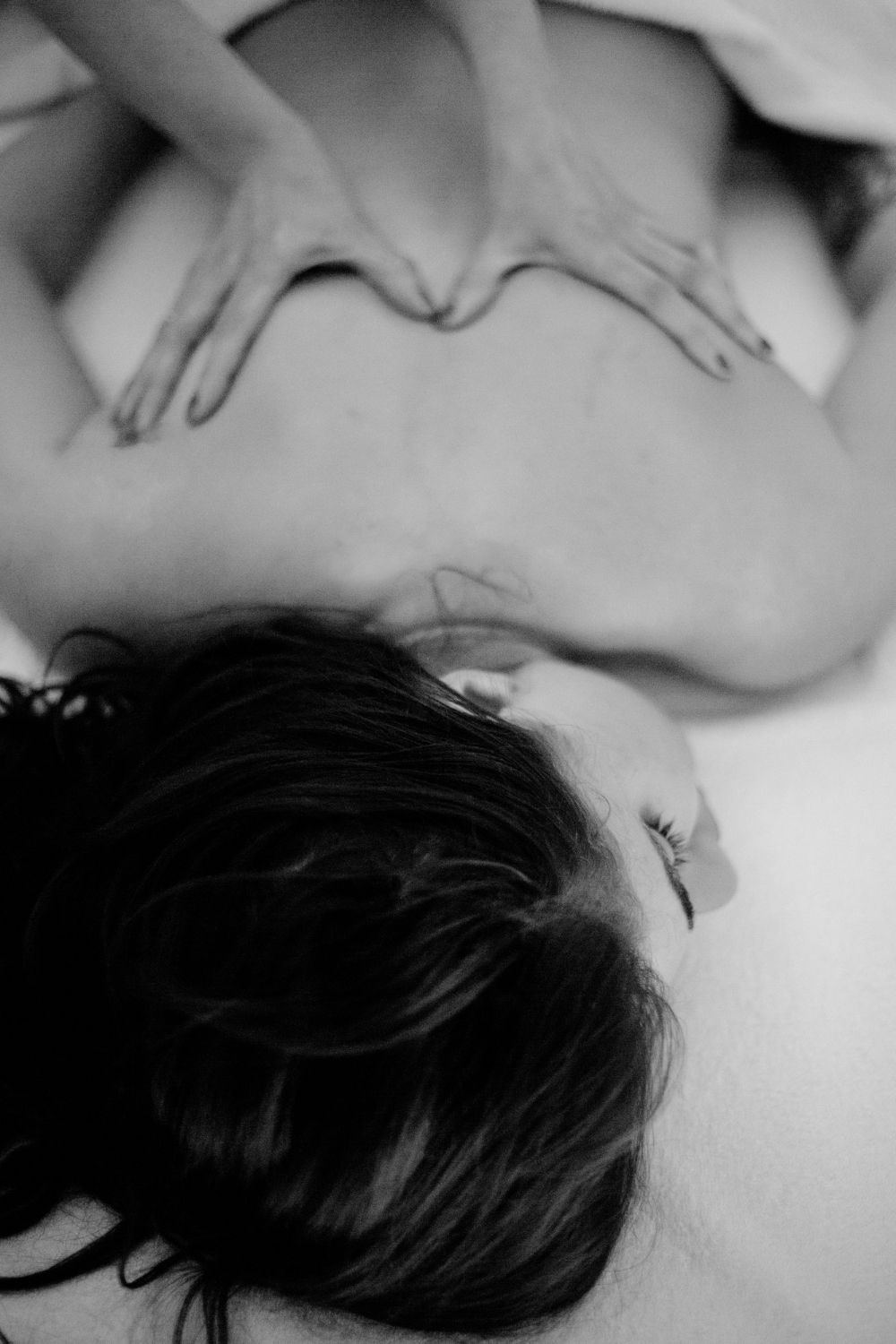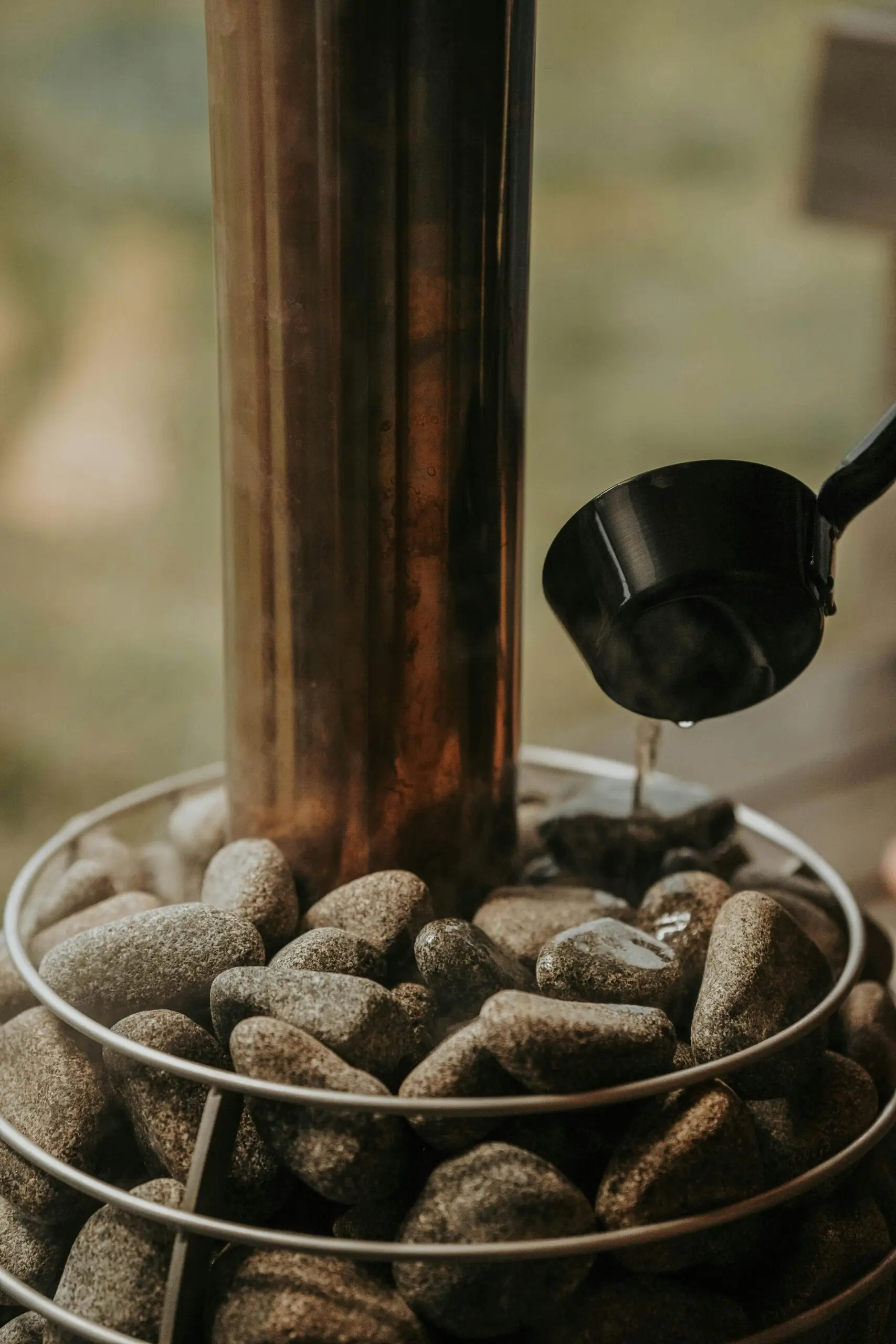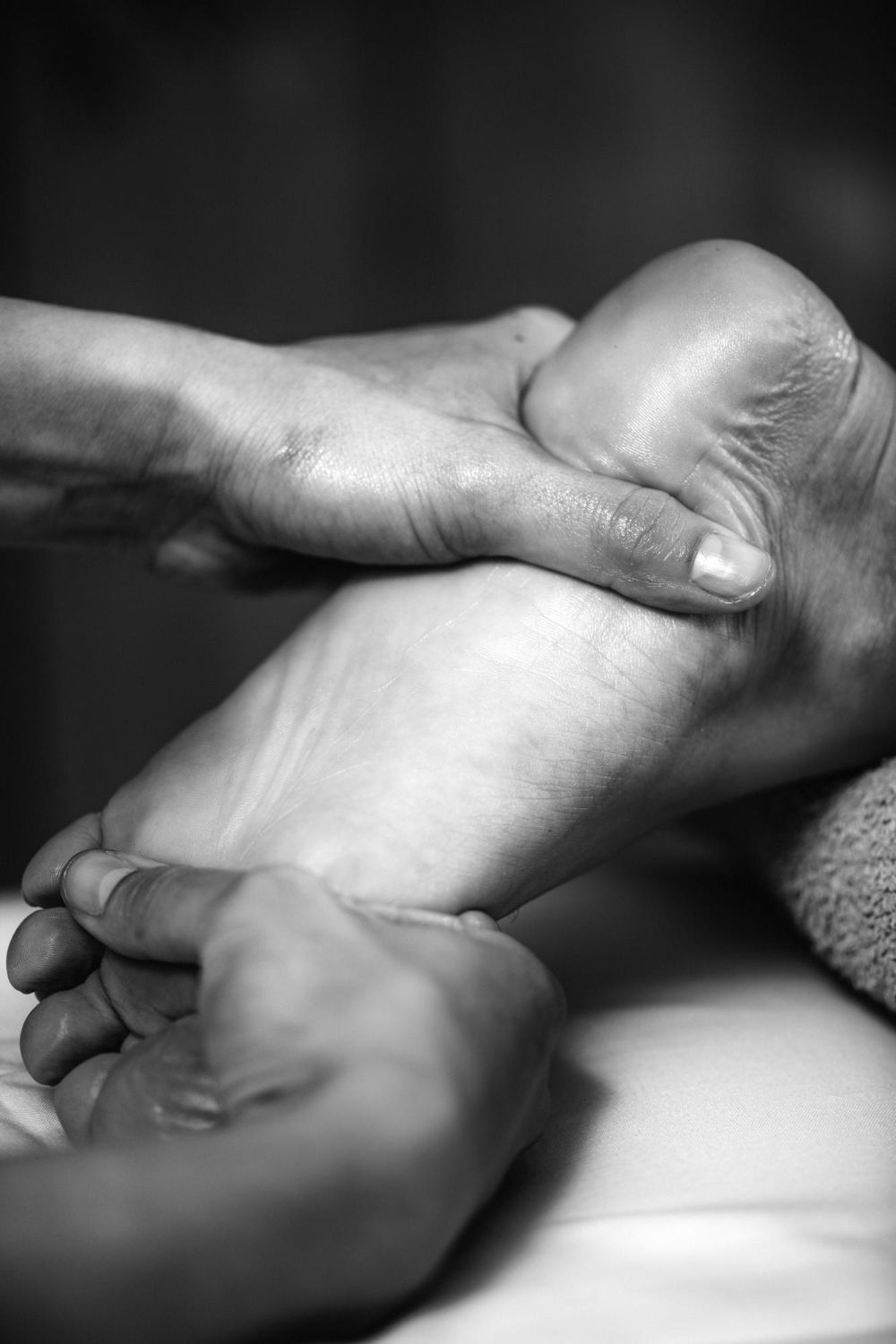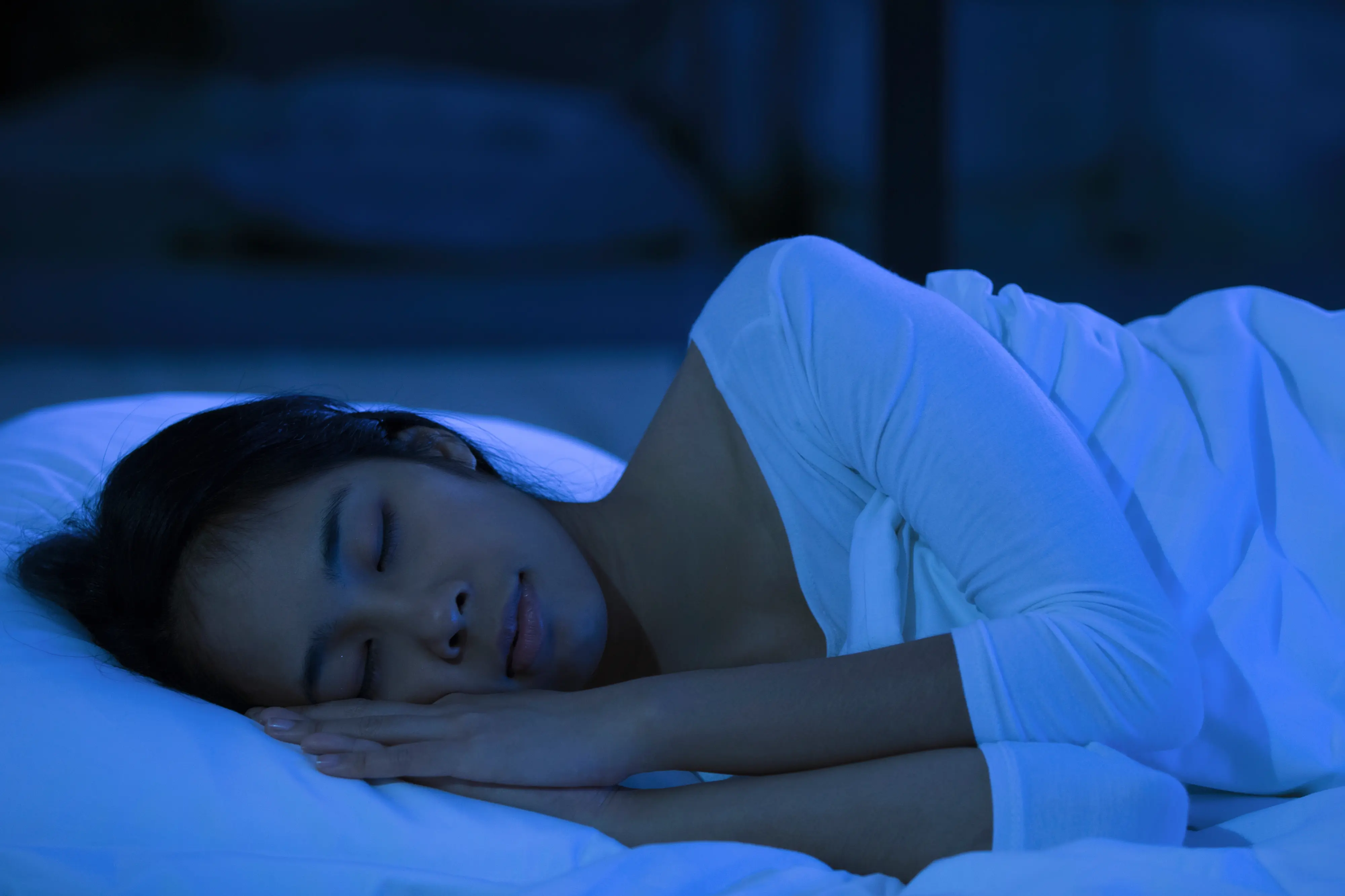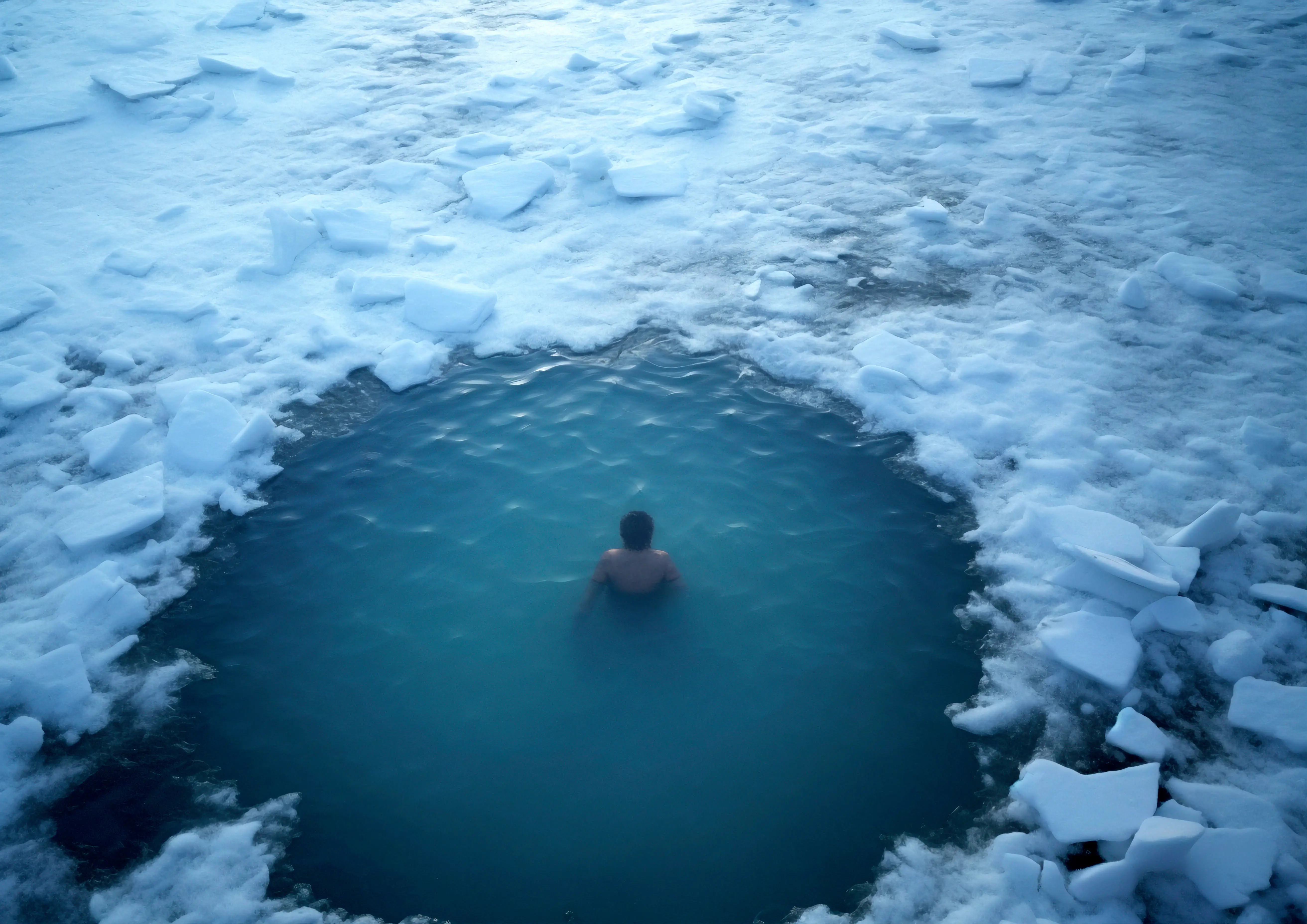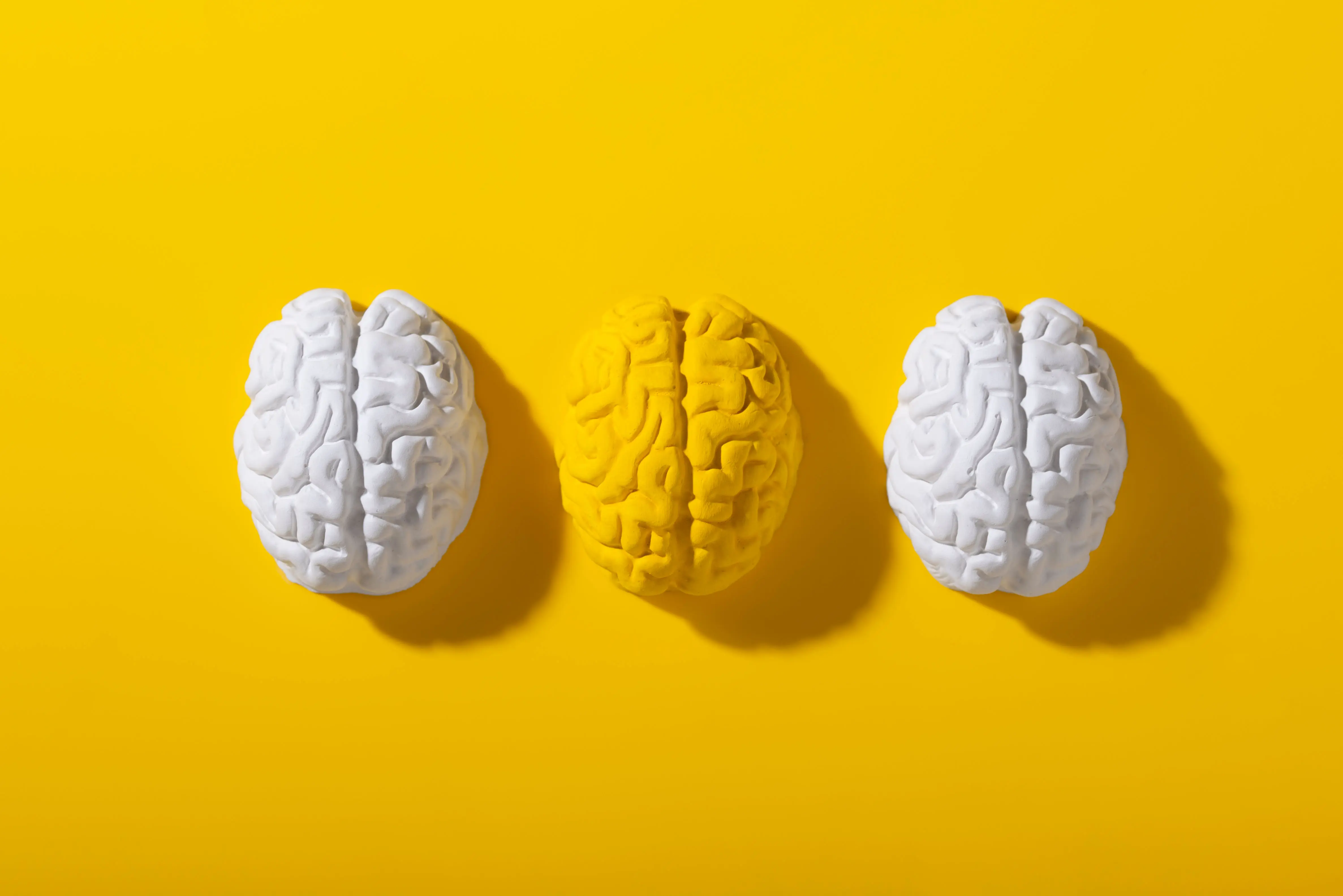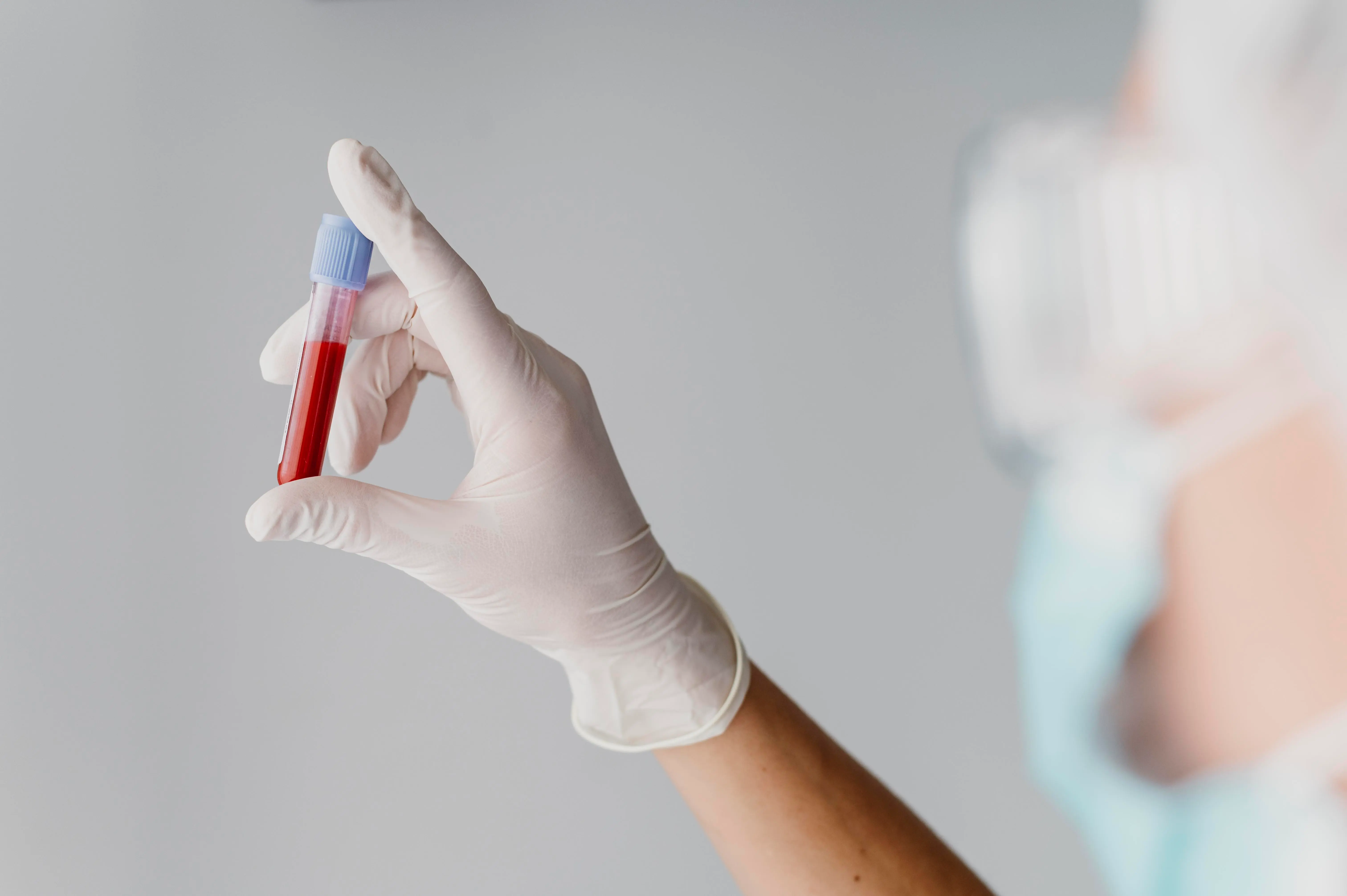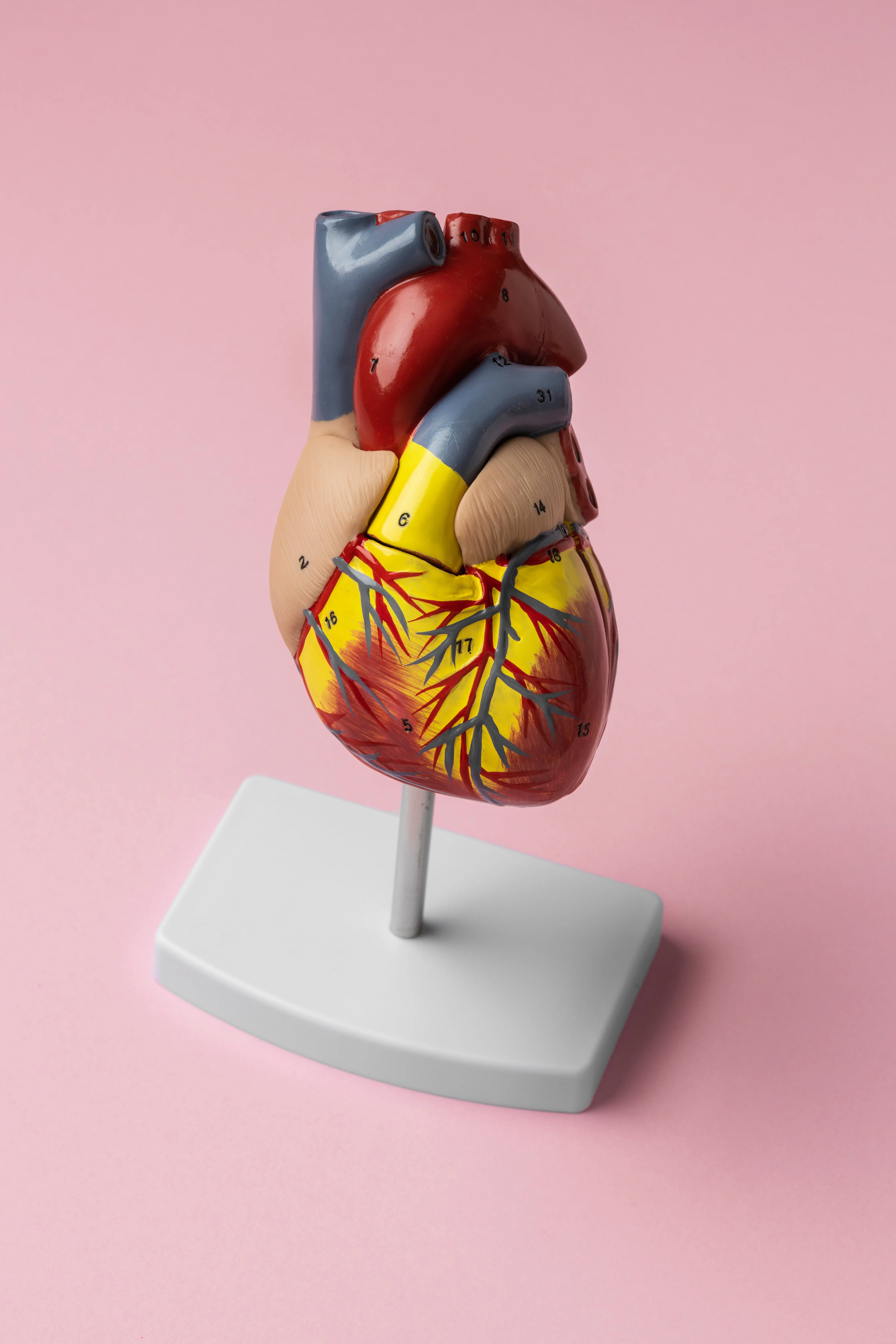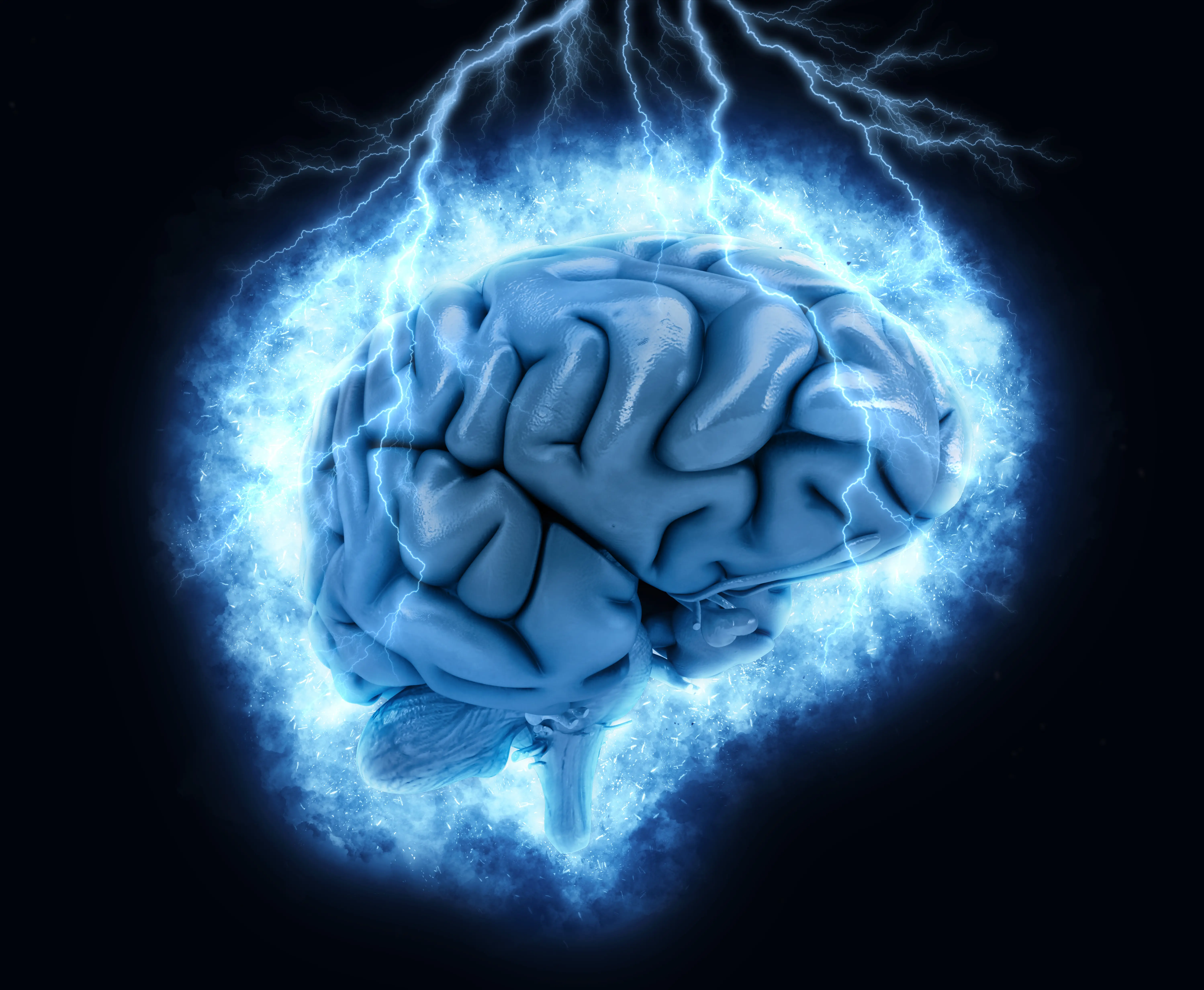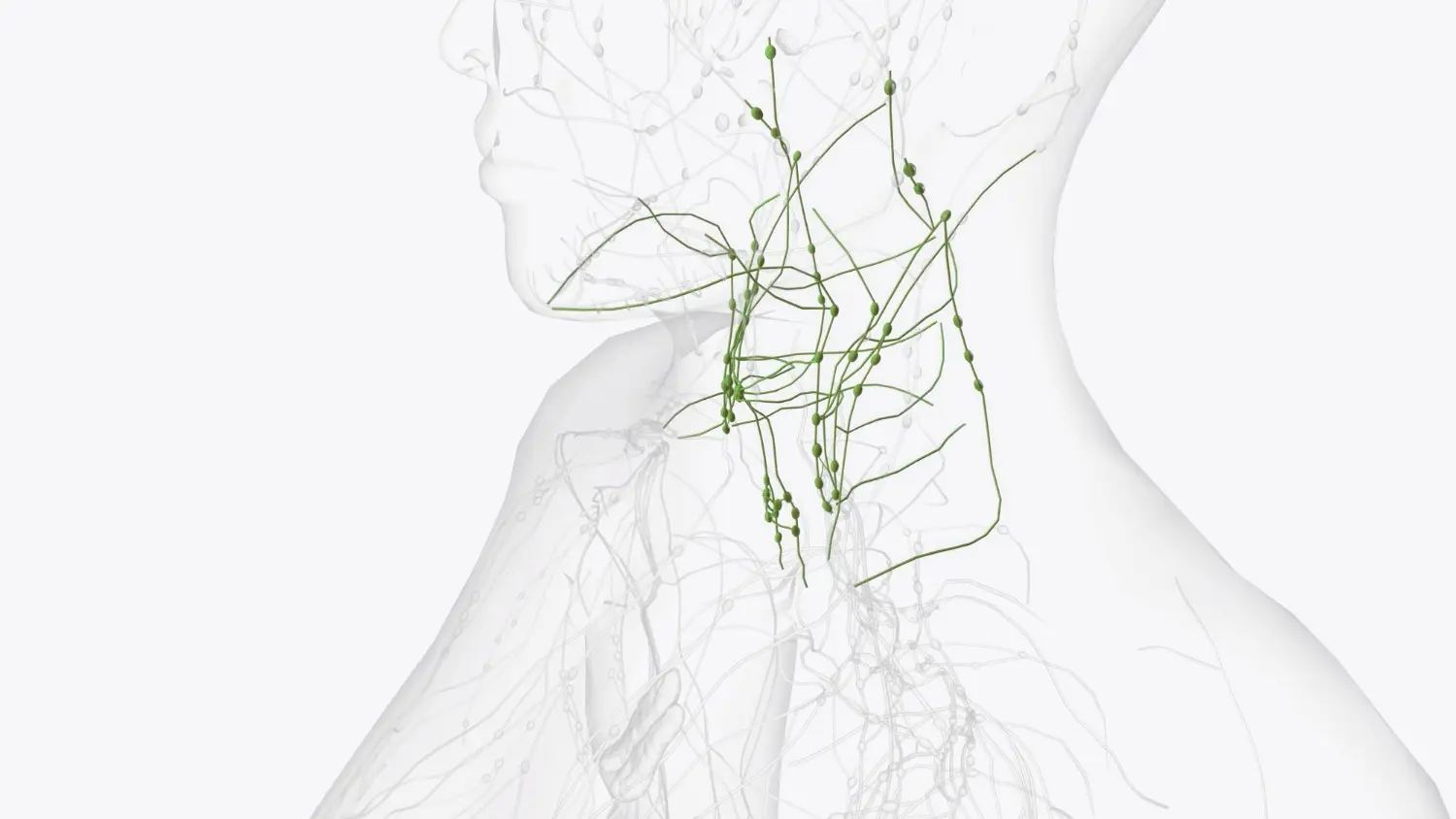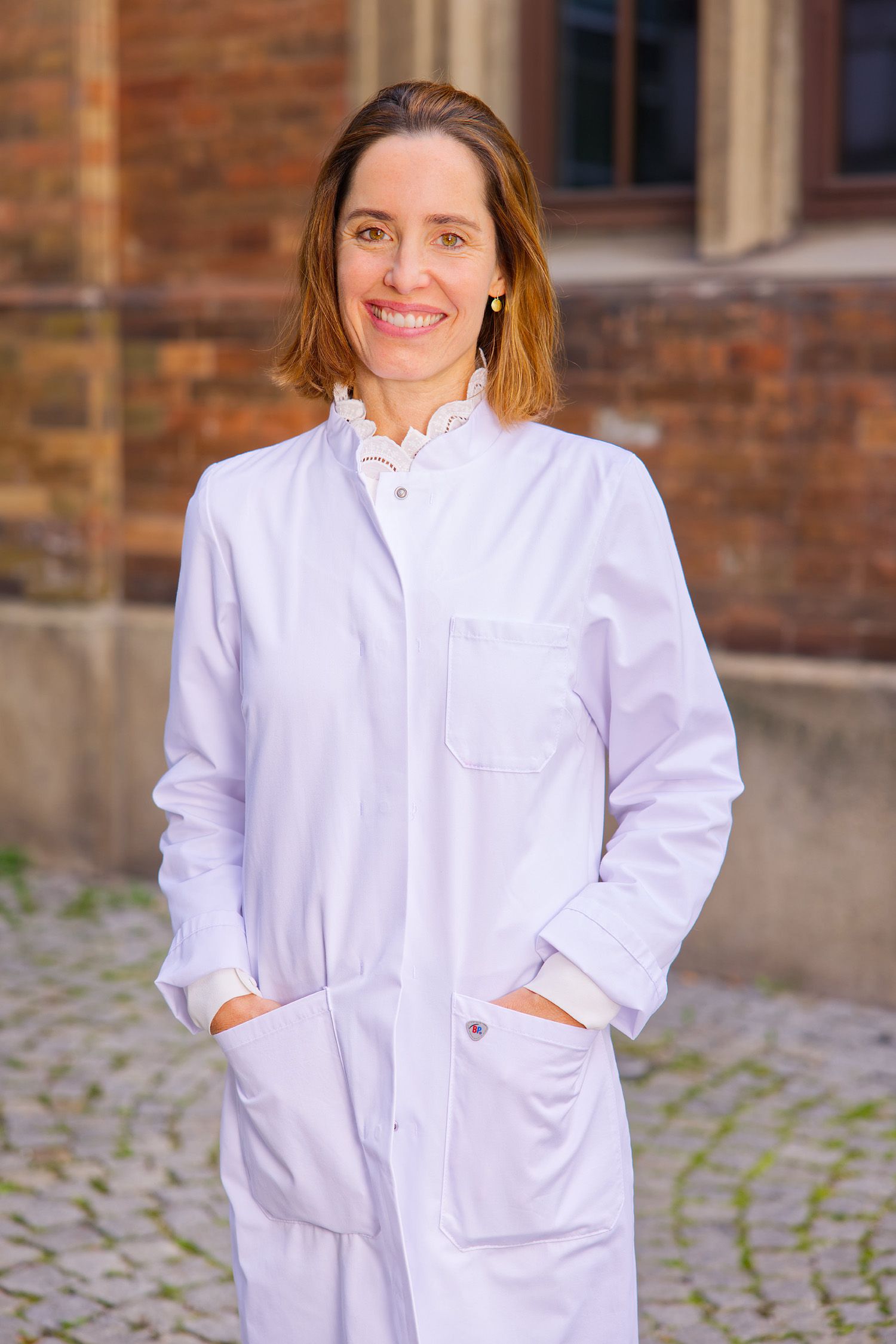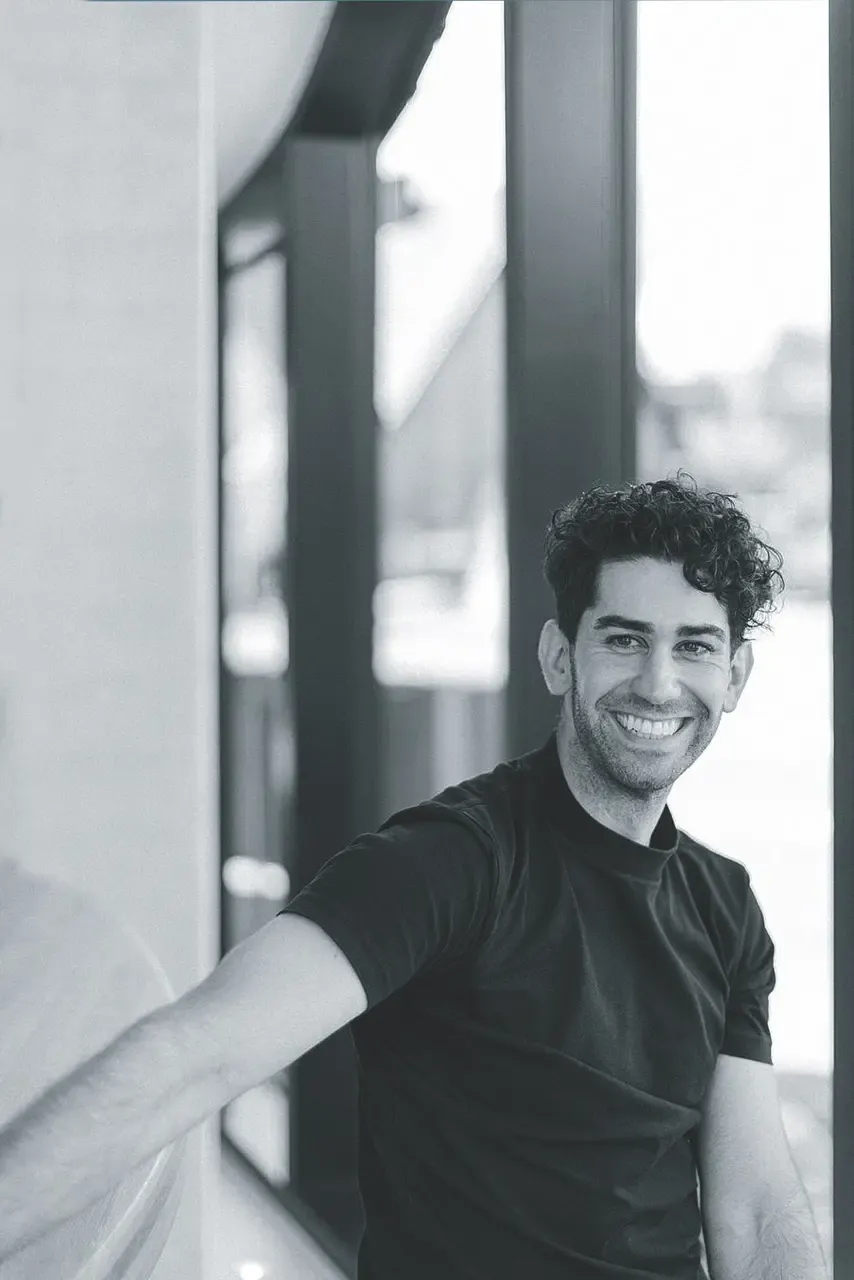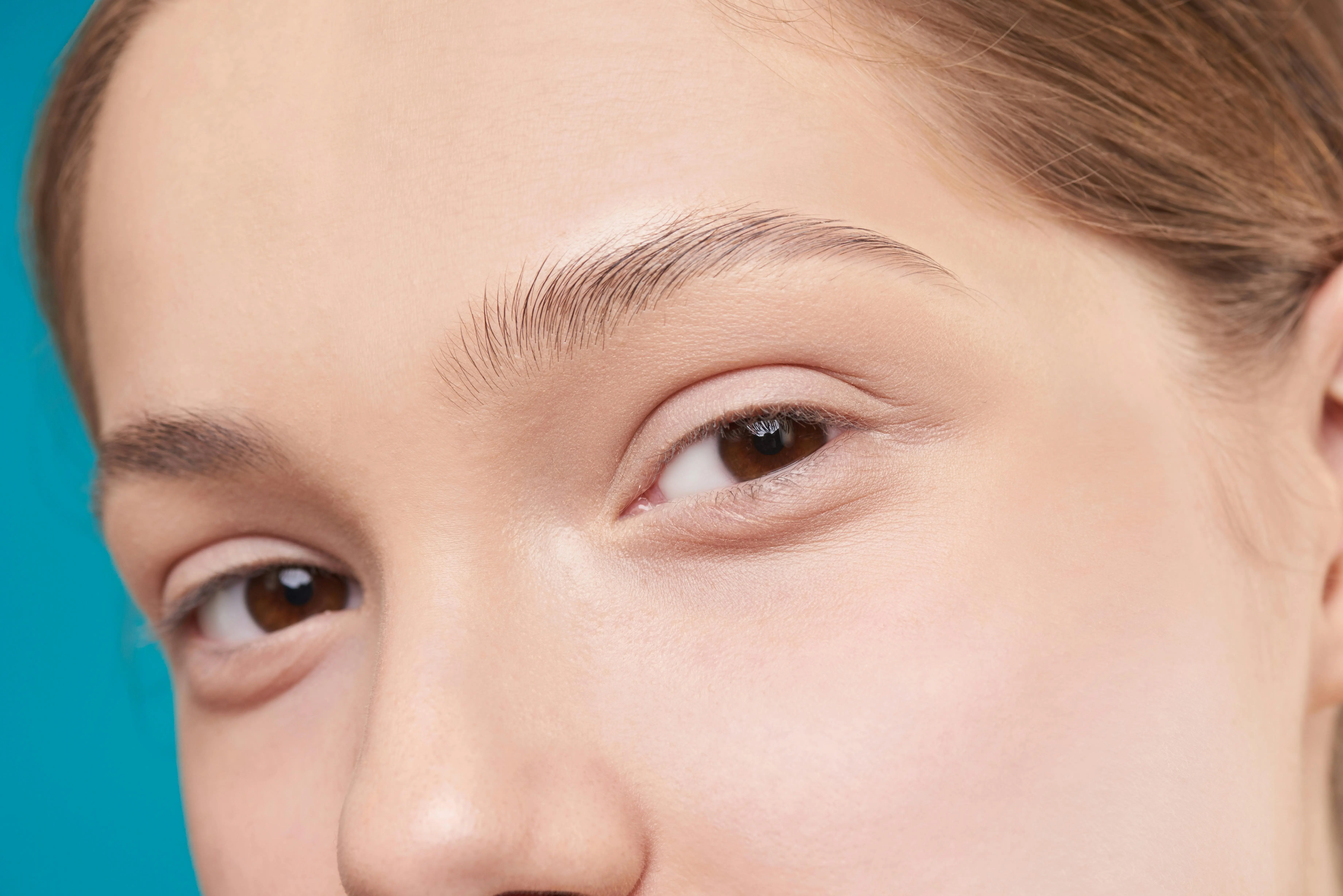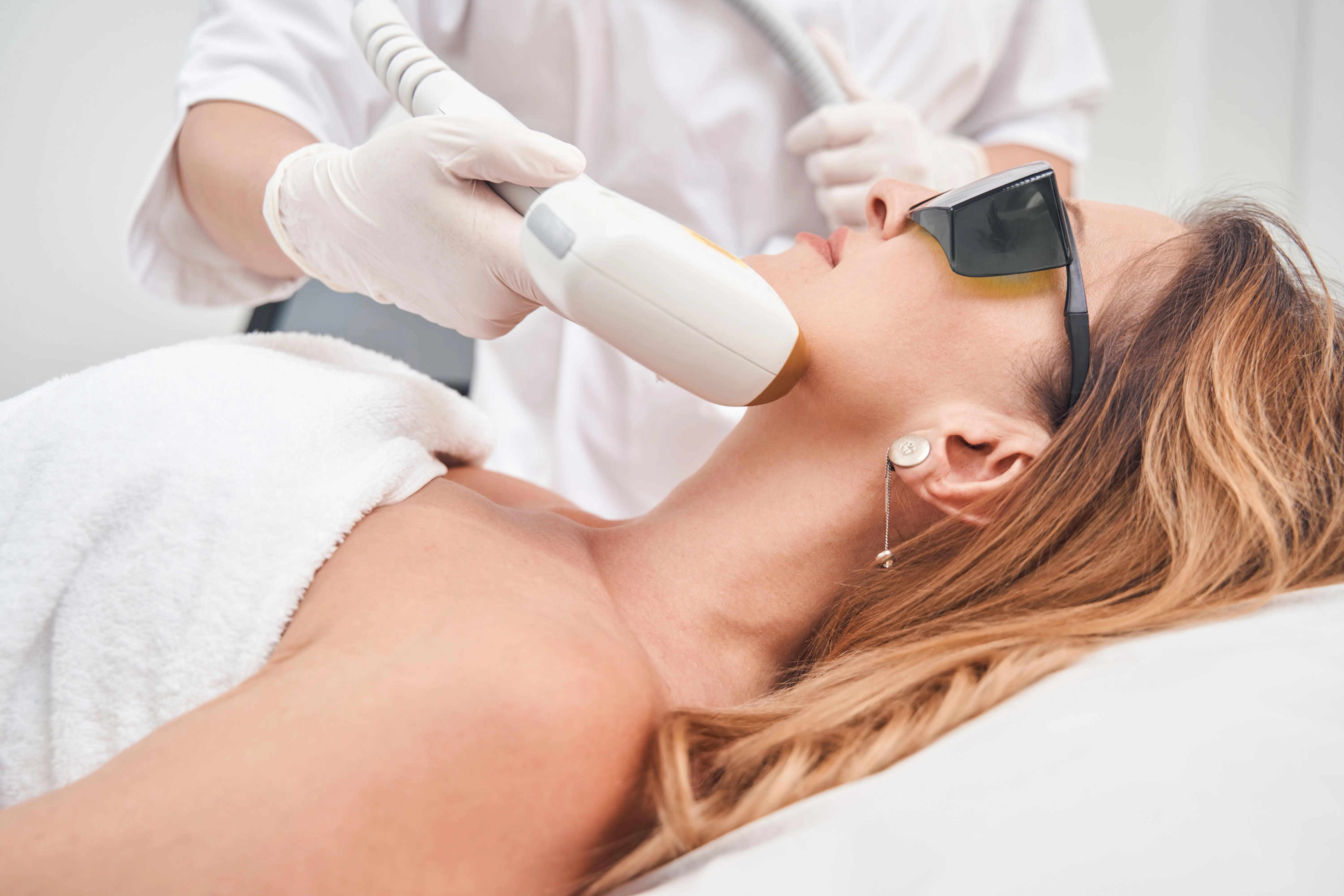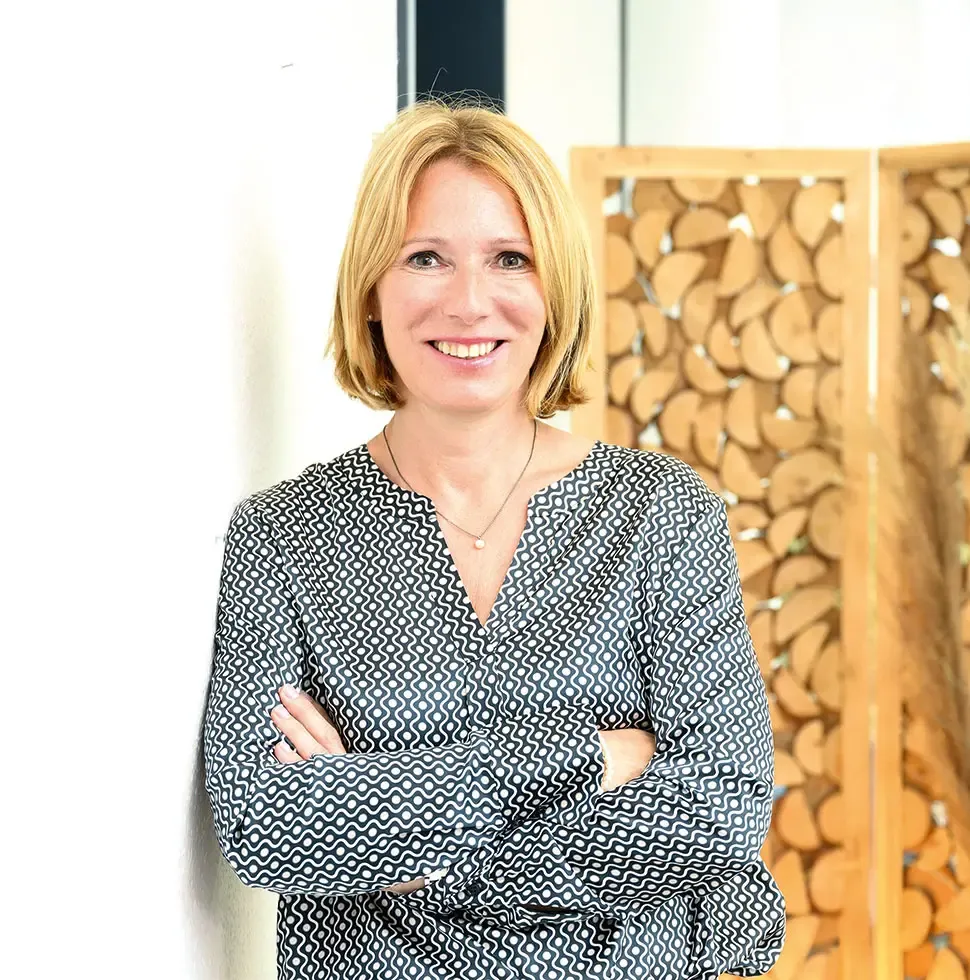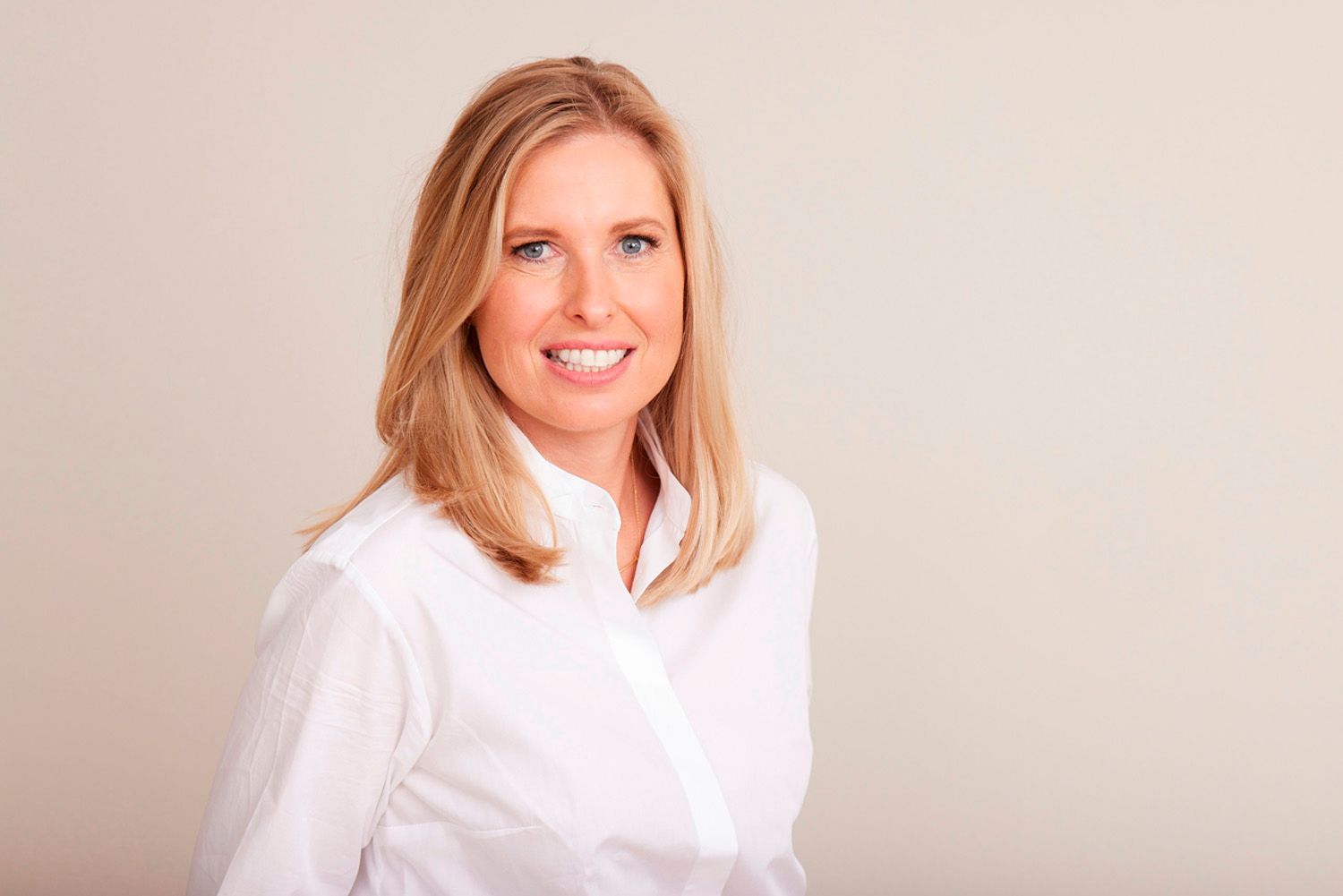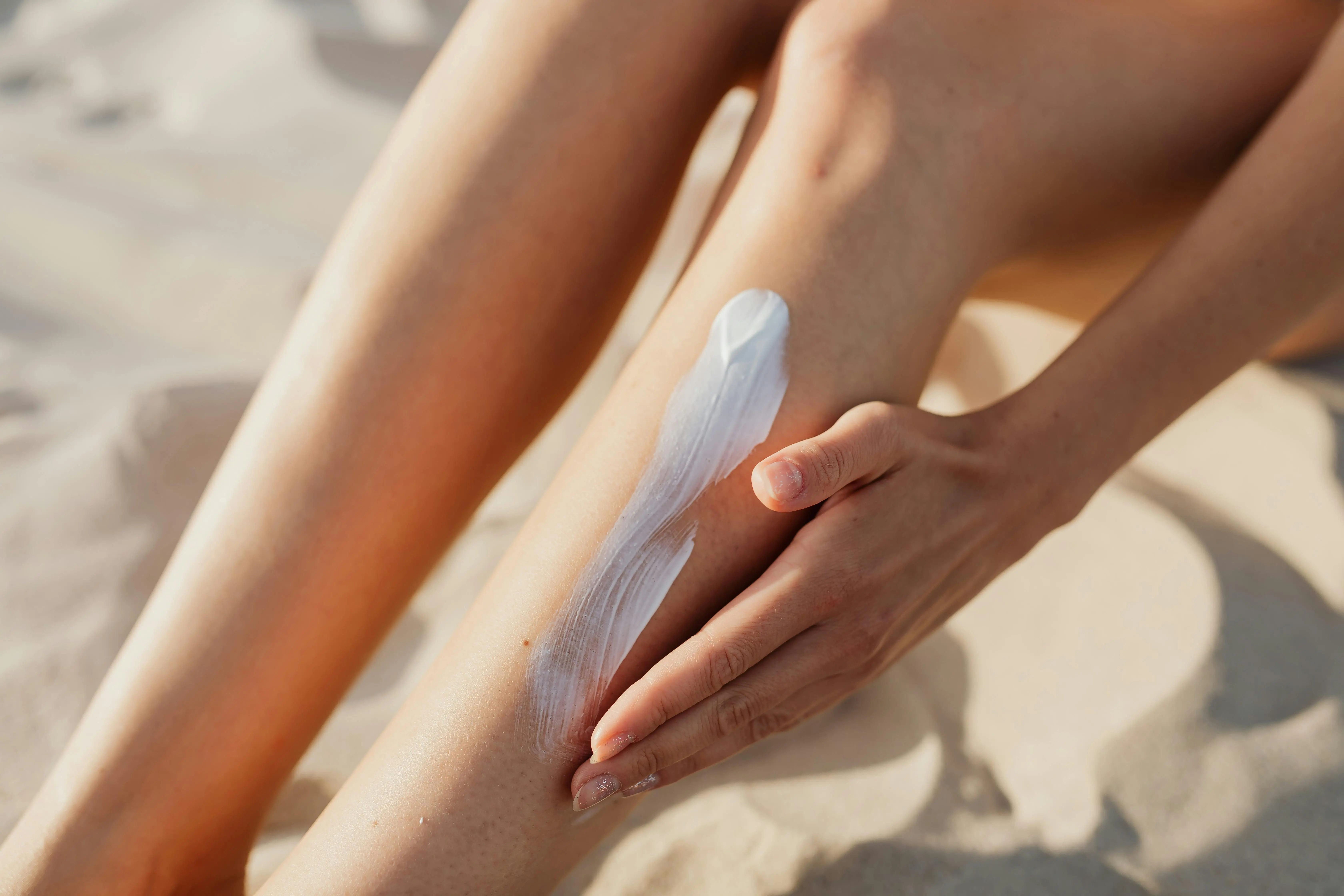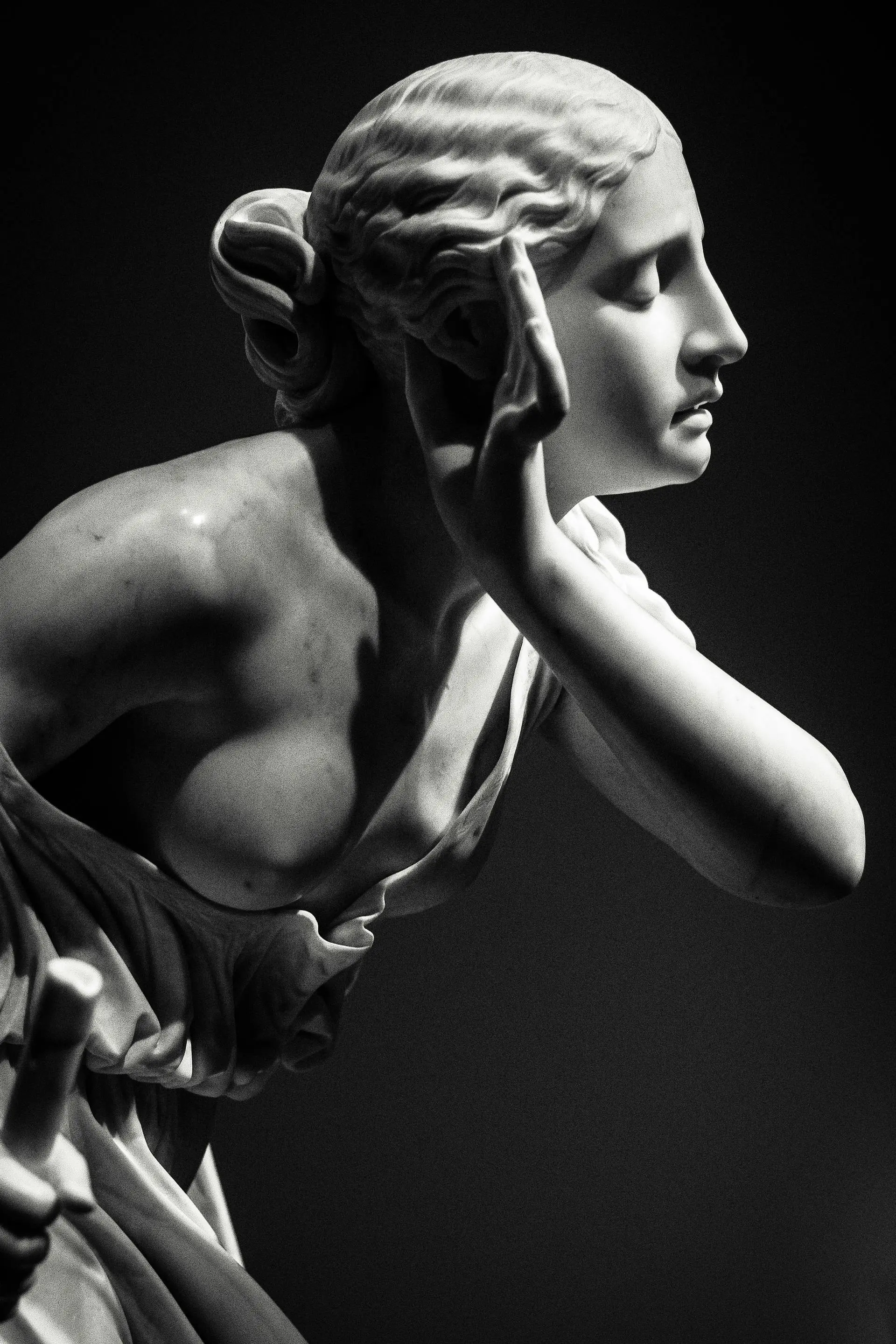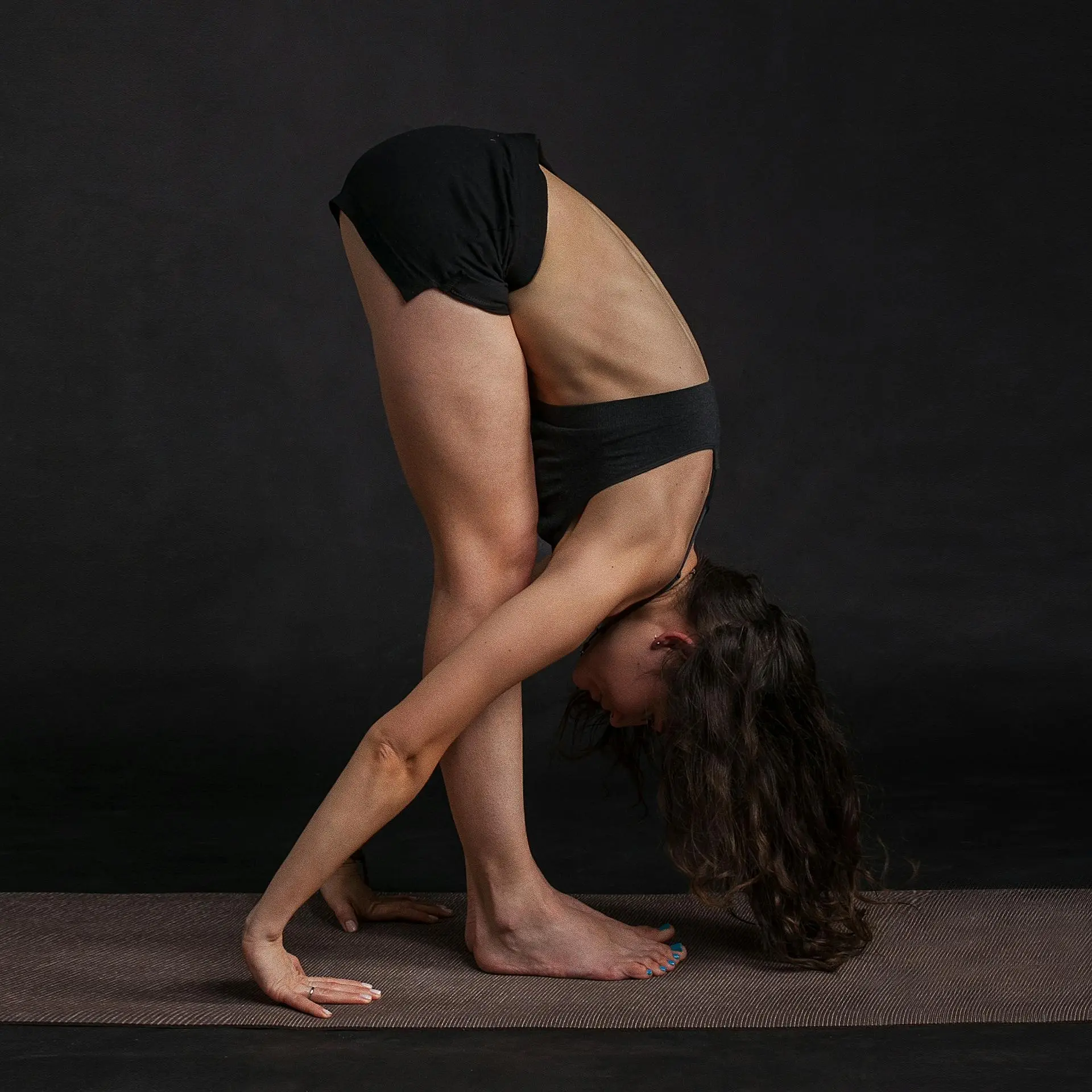Whether for stress reduction, muscle therapy, or improving circulation – the variety of massages makes them a popular complement to medical treatment. In this comprehensive guide, we answer all the important questions about massage: What types are there? What benefits does a massage offer? Who is it suitable for? And what should you pay attention to when choosing a massage therapist?
What is a massage?
A massage is a treatment in which the skin, the underlying tissue, and the muscles are stimulated using various techniques. The goal is to relieve tension, pain alleviate pain, improve circulation, and relax the body. Massages can be performed manually using fingers, palms, and elbows or with special devices.
What benefits does a massage offer?
Massages have numerous positive effects on the body and mind. Here is an overview of the most important benefits:
Who is a massage suitable for?
Basically, everyone can benefit from a massage. It is particularly suitable for:
- People with muscle tension or pain
- People suffering from stress or burnout
- Athletes for recovery and injury prevention
- People with circulatory disorders
- People who want to improve their skin health
- Pregnant women, after consulting with a doctor, to relieve discomfort during pregnancy (e.g., back pain, water retention)
Massage is not recommended in cases of acute inflammation, fever, open wounds, or certain chronic illnesses. Pregnant women should only be massaged under professional guidance. In case of doubt, always consult a doctor.
How often should one go for a massage?
The ideal frequency depends on individual needs and goals:
- For relaxation: Once a month is often sufficient.
- For chronic tension or pain: Weekly or every two weeks can be beneficial.
- For prevention: Regular massages, e.g. every 4-6 weeks, support muscle relaxation and overall well-being.
Talking to an experienced masseur or your doctor can help find the right rhythm.
What should you consider before a massage?
- Clarify any health restrictions: Inform the masseur about pre-existing conditions, pregnancy, or acute complaints.
- Hygiene: Shower before the treatment.
- Clothing: Many massages are performed naked or only in underwear, or the body is covered with towels.
- Feel-good factor: Tell the therapist if the pressure is too strong or too light.
What should you pay attention to after a massage?
Avoid strenuous physical activity immediately after the treatment. In case of sore muscles or tension, heat plasters or warm foot baths can additionally support regeneration.
A popular type of massage that is also easy to do at home: the foot massage
What types of massages are there?
There are a variety of massage types, each with different techniques and aims. Here's an overview of the most popular ones:
1. Classic Massage (Sports Massage)
The classic massage where hands, thumbs, and elbows are used to relieve muscle tension and promote blood circulation. It is suitable for relaxation and pain relief.
2. Wellness Massage
Focus on pure relaxation and well-being. Gentle stroking, tapping, and pressure point massages provide a pleasant deep relaxation.
3. Thai Massage
A combination of stretching exercises, pressure point treatments, and yoga-like postures. It is both relaxing and activating.
4. Back massage
Specifically for tension in the upper and lower back. It is ideal for people with sedentary jobs and stress-related tension.
5. Lomi-Lomi massage
Hawaiian tradition that uses flowing and harmonious movements to bring body and mind into balance.
6. Sports massage
Specifically for athletes developed to Muscle injuries to prevent, promote regeneration, and increase performance.
7. Trigger point massage
Massage focusing on specific pain-inducing points in the muscles to specifically treat pain.
8. Lymphatic drainage
Gentle technique to improve lymph flow, reduce swelling, and strengthen the immune system.
9. Shiatsu massage
Shiatsu massage is a traditional Japanese healing art based on acupressure. It involves pressing, stroking, or holding certain points on the body's energy channels (meridians) with the thumbs, fingers, or palms. The goal is to harmonize the energy flow (Chi or Ki), relieve tension, increase well-being, and alleviate health complaints.
10. Hot Stone Massage
Massage technique in which heated stones, usually basalt stones, are placed on specific parts of the body and massaged with them. The heat of the stones penetrates deeply into the muscles, relieves tension, promotes blood circulation and provides a feeling of well-being.
11. Ayurveda massage
Traditional Indian healing method based on the principles of Ayurvedic knowledge. The goal is to restore the balance of the doshas (Vata, Pitta, Kapha) in the body and promote overall well-being. The massage uses special oils tailored to the individual's dosha type to relax the body, release blockages, and harmonize energy flows. Techniques include gentle, rhythmic strokes, kneading, and tapping.
Which techniques and methods are used in a massage?
Depending on the type of massage, different techniques are used, specifically tailored to achieve the desired effects.
- Stroking (Effleurage): Gentle, flowing movements that relax the muscles and promote blood circulation. Often used at the beginning and end of a massage.
- Kneading (Petrissage): Thorough kneading of the muscles to release tension and loosen the muscles.
- Knocking (Tapotement): Quick, rhythmic tapping or drumming on the muscles to increase blood circulation.
- Pressure techniques (Pressur): Use of fingers, thumbs, or elbows to specifically treat tension.
- Stretches: Especially in Thai massage, muscles are mobilized through stretching exercises.
- Duration and rhythm changes: Variations in pressure and speed to customize the massage.
Each technique has its own effect and is tailored to different needs. An experienced masseur decides which techniques are best suited for the client.
Where can you find qualified masseurs?
Pay attention to the certificates, training, and experience of the massage therapist or the studio. Reviews and recommendations from acquaintances or your doctor can help in making a decision. Reputable studios also offer free consultations where you can clarify your wishes and expectations.
